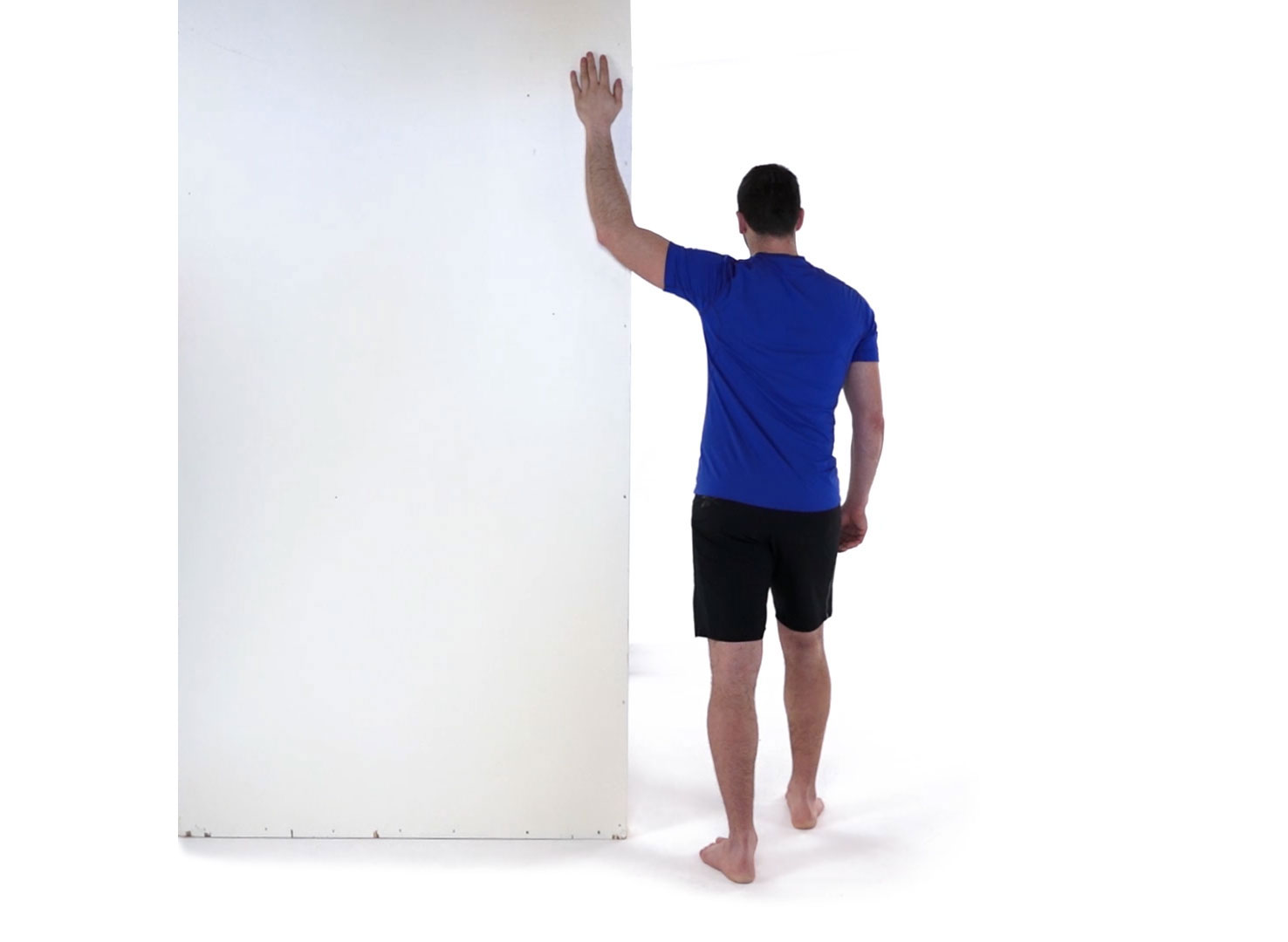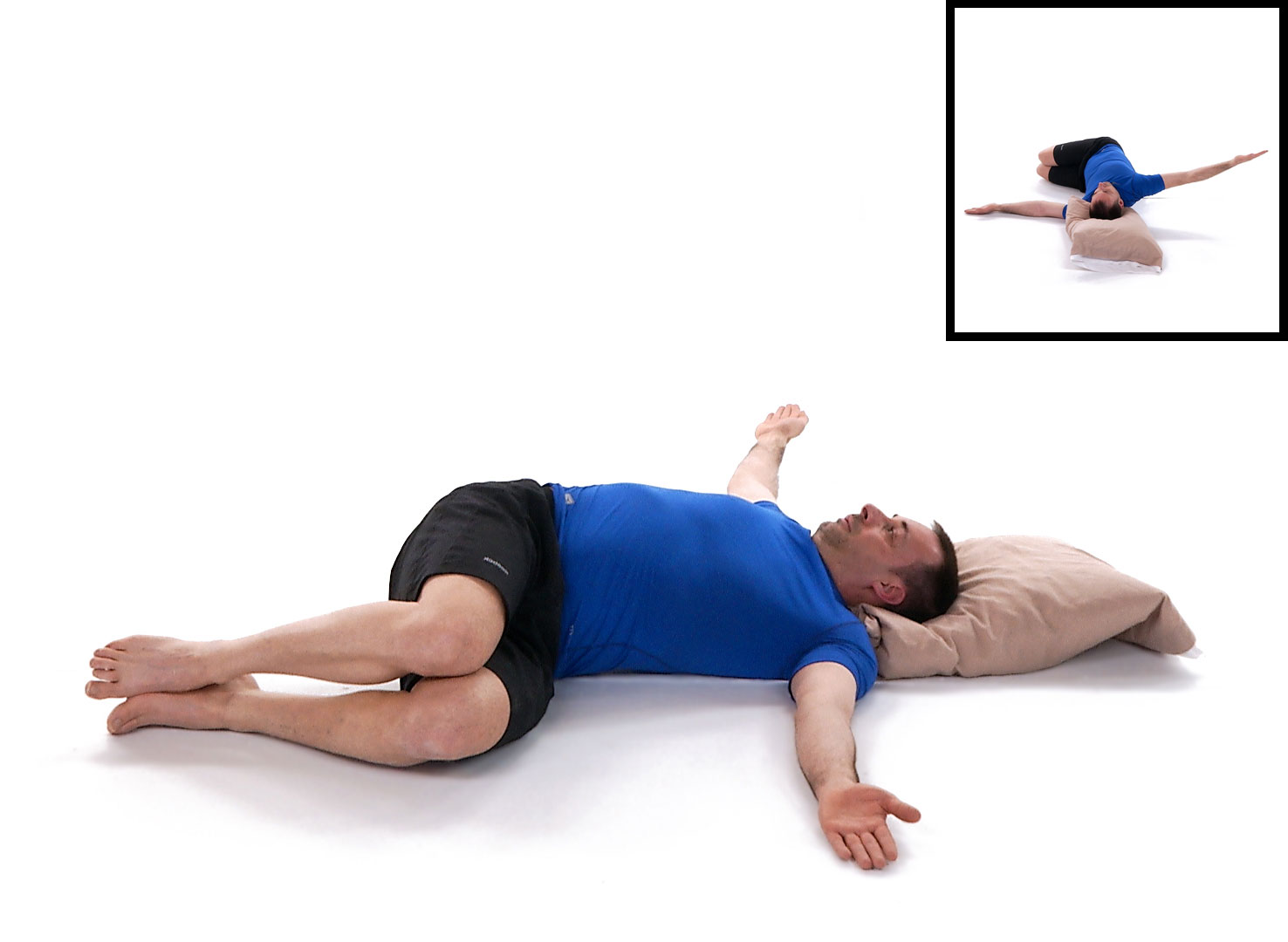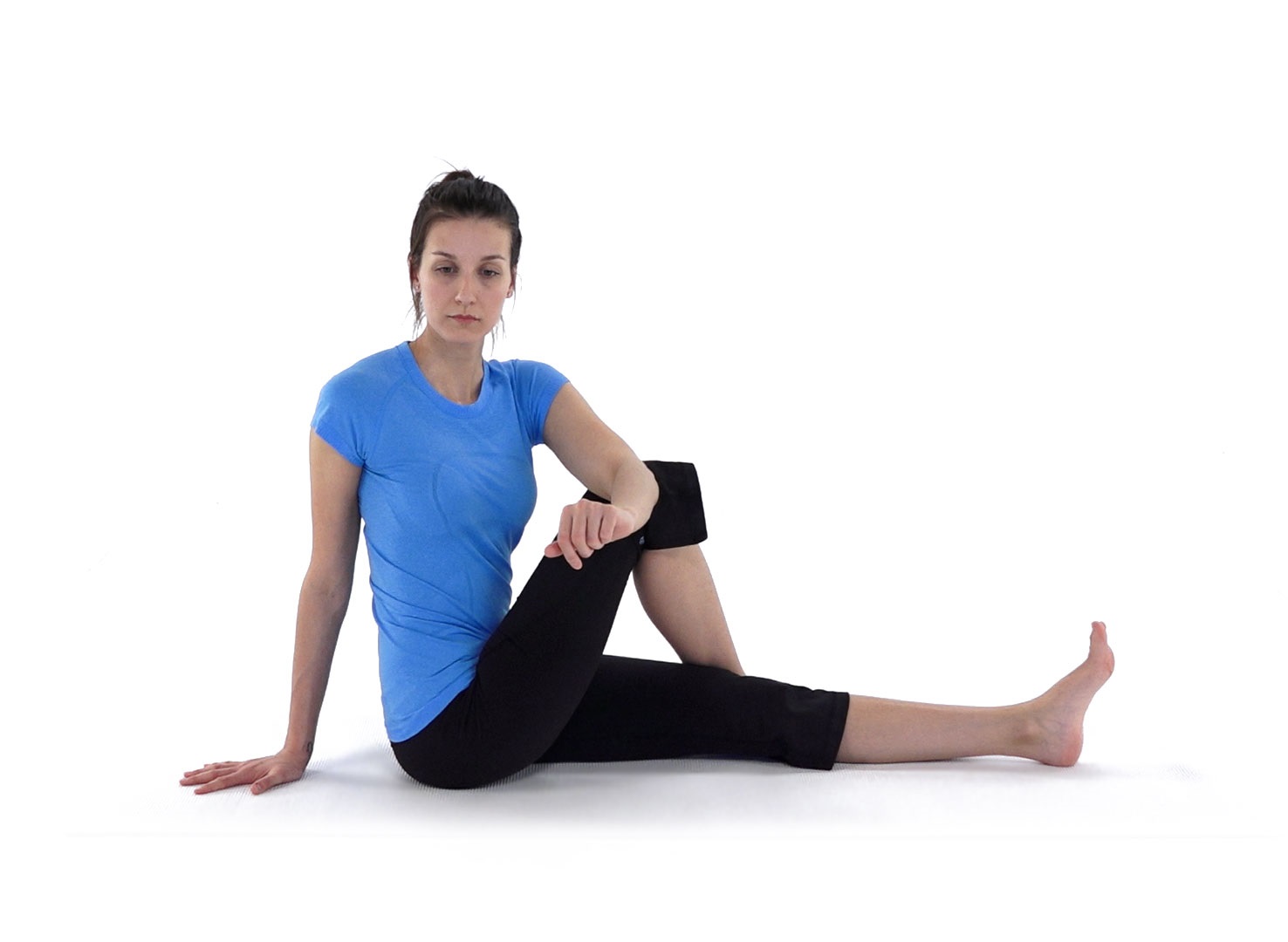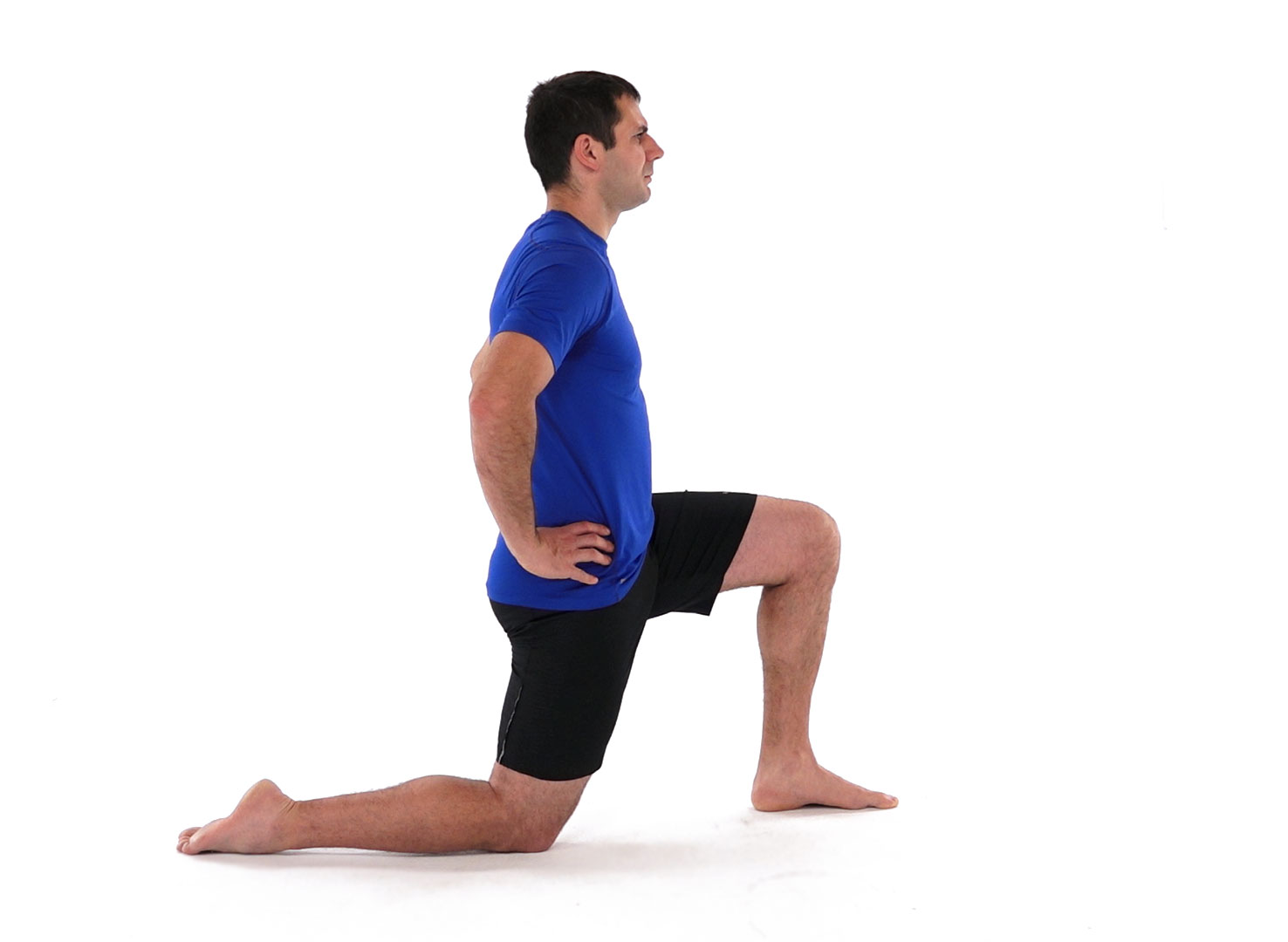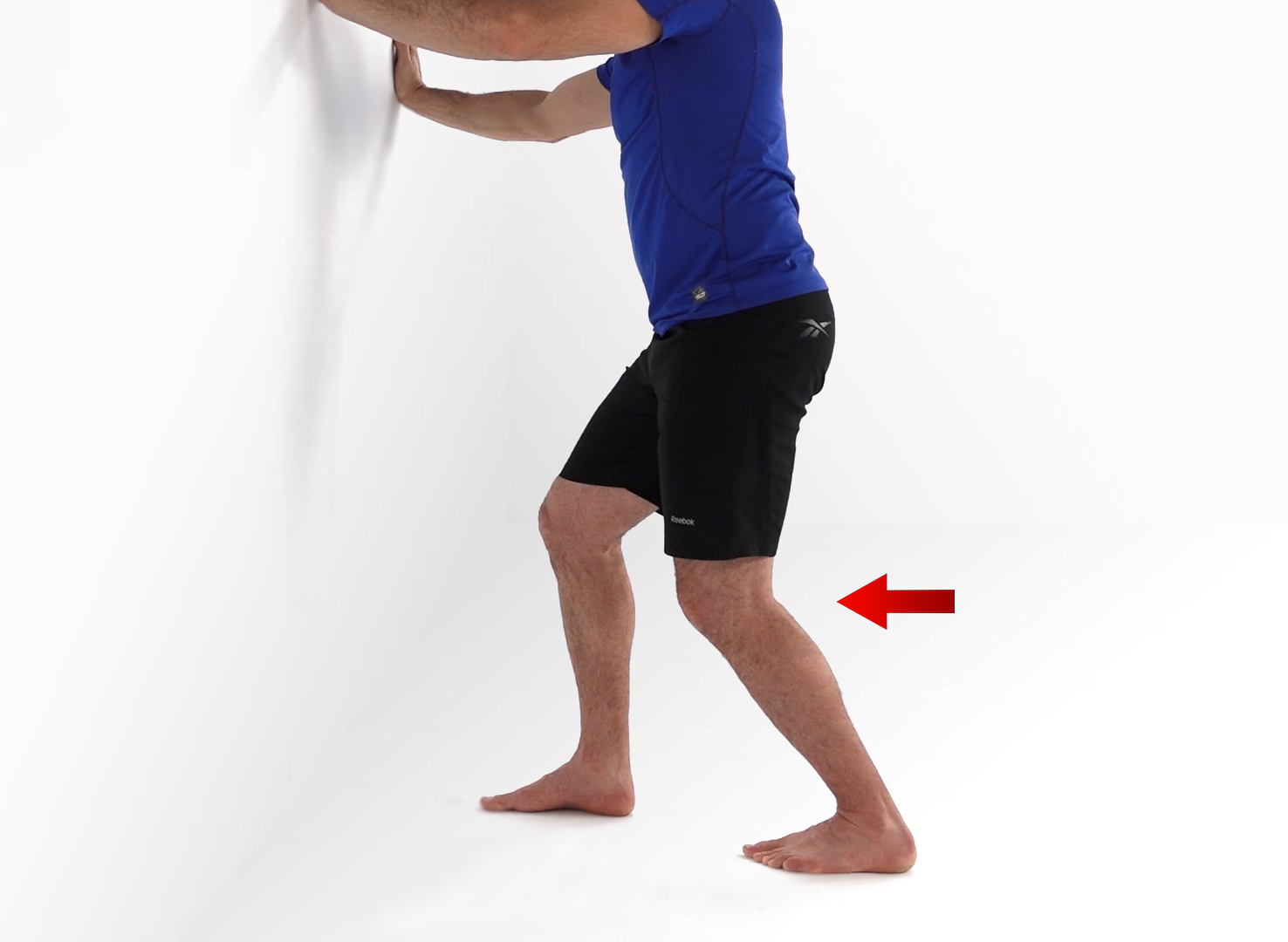I Need to Improve My Flexibility. Will Physio Help?
There is often confusion in terminology relating to flexibility, so first let’s clear that up.
· Mobility – is the range of motion around a single joint
· Stability – is the ability to control movement of a joint by coordinating actions of the surrounding tissues and neuromuscular system
· Flexibility – is the absolute range of motion in a joint or system of joints, and the length of muscle that crosses the involved joint/s
Most people relate flexibility to tight hamstrings but just because a person can touch their toes, it does not mean they have good mobility or stability. They may be at greater risk of injury when performing particular gym strengthening exercises such as squats or deadlifts.
To reduce our risk of injury to the maximum we need to have a combination of those three aspects, but there are too many factors to discuss in one article.
Here, we will focus on some basics around flexibility. Research has shown that improving flexibility when injured will help with recovery and restore function around the injured site. This can be a team effort between physiotherapist and patient with hands-on treatment and exercises utilised.
In general, being more flexible can help improve athletic performance in golf, football, running or whatever sport it is you participate in, and reduce the risk of injury. So, adding some flexibility training into your programme can only be beneficial.
Even for those leading a more sedentary lifestyle at work or in their hobbies, some form of flexibility training can help improve their quality of life; help some of those tight muscles to loosen up and feel fewer twinges and niggles.
Where do you start?
A concept developed by Gray Cook identified the body as a series of alternating stable and mobile joints/segments.
Looking at that from a flexibility point of view, we can see the mobile joints are the areas where some flexibility training can be targeted i.e. shoulder, thoracic spine, hips and ankles.
Here are some basic movements that will help to improve flexibility:
You want to feel a gentle stretch with these exercises, holding for 5-15 seconds and repeating each stretch 4 or 5 times. One thing to look out for is any major difference in flexibility between your left and right side. If there is a major discrepancy and it doesn’t improve, seek advice from a professional.
Get in touch or BOOK ONLINE at any of our clinics in Manchester and Cheshire.



